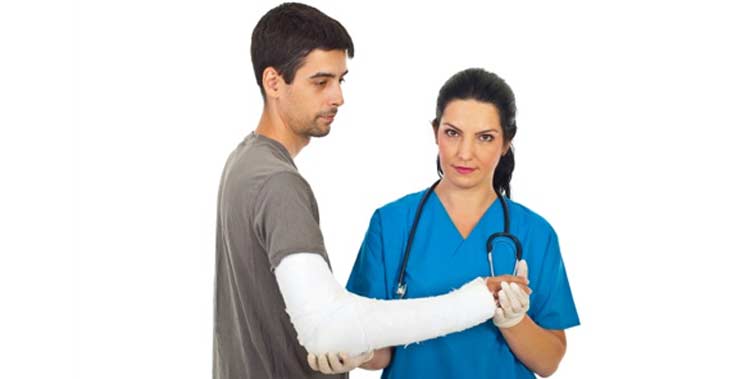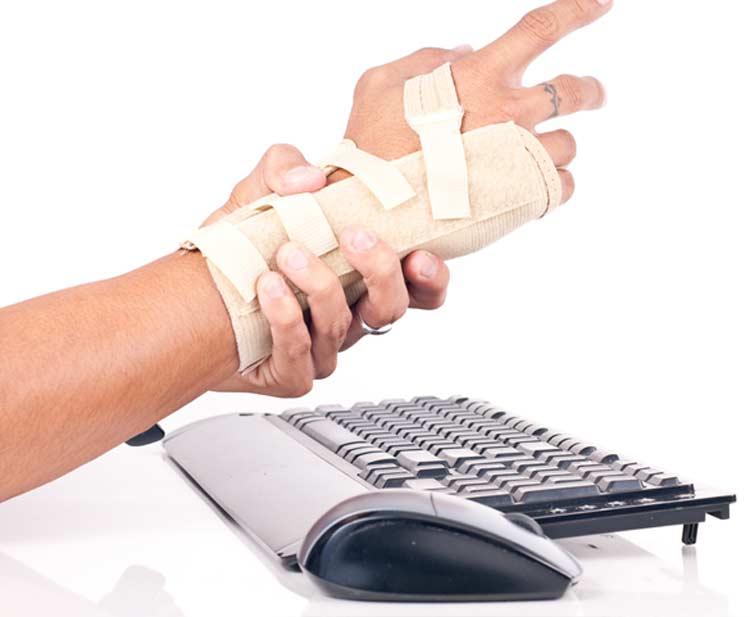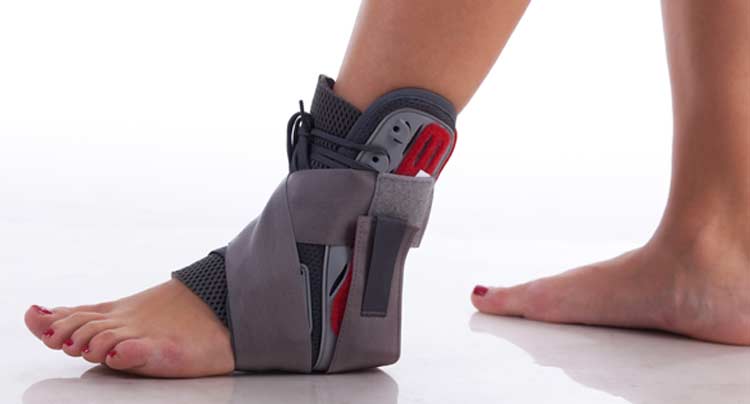
Learn more about our minimally invasive surgical methods.
Orthopedic surgery can be performed on anybody with a condition or issue specific to the bones, joints, nerves, muscles, ligaments, and tendons within the body. Surgery is often a last resort for musculoskeletal pain. Yet there are times when it’s the best possible option to either restore joint function or reduce or eliminate pain, as may be the case with:
- Severe fractures
- Pain that’s becoming progressively worse despite other non-surgical treatment attempts
Arthroscopic Surgery
Performed with special cameras and equipment, arthroscopic surgery can be done to give an orthopedic surgeon a better look inside of a joint to make a better diagnosis. It’s often performed to make a final diagnosis after image testing (X-rays, MRIs, CT scans) has been done. Arthroscopic and standard surgery may also be combined to treatment several conditions, including:
- Removal of loose bodies of bone and/or cartilage
- Neck and shoulder pain or strain from repetitious movements like glancing at a computer monitor while typing
- Rotator cuff surgery
- Repair of torn knee cartilage (meniscus)
- Ligament repairs
- Removal of an inflamed lining (synovium) from ankle, knee, shoulder, elbow, or wrist joints
- Carpal tunnel release


Partial/Total Joint Replacement
Arthritic or damaged joints may need be completed replace or part of the joint can sometimes be saved. While joint replacement is often performed on knees and hips, similar procedures can also be done on shoulders, elbows, wrists, and ankles. Replacement involves the use of a prosthetic (artificial) device made of a combination of metal and plastic that mimics the function of the original joint.
Partial joint replacement retains as much of the original joint as possible. A partial knee joint replacement, for instance, may involve replacement of only inside part of the knee (medial), the outside part (lateral), or the only the kneecap (patella).
Osteotomy
Alignment of the affected bone is corrected by either shortening or lengthening with an osteotomy. Knee osteotomy is the most common form of this procedure. It may be recommended to treat osteoarthritis of the inner knee, although it can also be done to correct issues with hip bones. This type of orthopedic surgery is often reserved for younger patients, and it may eliminate the need for joint replacement.
ACL Reconstruction
Running diagonally along the middle of the knee, the ACL (anterior cruciate ligament) is a common source of knee pain. If non-surgical treatments aren’t effective, reconstruction of the damaged ligament may be necessary. Replacement tissue can come from the patient’s own body (autograft) or from a donor (allograft).
Spine Surgery
Most instances of back pain or radiating nerve pain respond well to conservative treatments. However, discomfort that’s affecting quality of life and not getting better with other treatments sometimes requires surgical intervention. Many of the common spine surgeries performed today can be completed with less-invasive techniques. Frequently recommended procedures include:
- Spinal fusion: Spinal bones or joined or “fused” together to prevent motion in the affected area. Hardware (screws, spacers, interbody cages) is installed along with bone graft material.
- Discectomy: Surgical removal of a herniated (protruding) disc that’s pressing on a nearby nerve root.
- Laminectomy: The back part of the vertebra covering the spinal canal (lamina) is removed to ease pressure on the spinal cord or nerves.
- Disc replacement: All of the damaged disc is removed an replaced with an artificial one.
- Foraminotomy: Bone is cut away on sides of vertebrae to provide more room for nerves.
Many common types of orthopedic surgery are highly reliable. Knee surgery, in particular, has a success rate of more than 80 percent under typical circumstances. Results seen with any procedure will depend on several factors, including overall health of the patient, what was involved with the procedure, and response to follow-up physical therapy and rehab.


